Make your workshop tools work double duty with these 20 unusual uses for common DIY tools and materials.
Our editors and experts handpick every product we feature. We may earn a commission from your purchases.Learn more.
Make your workshop tools work double duty with these 20 unusual uses for common DIY tools and materials.
Our editors and experts handpick every product we feature. We may earn a commission from your purchases.Learn more.
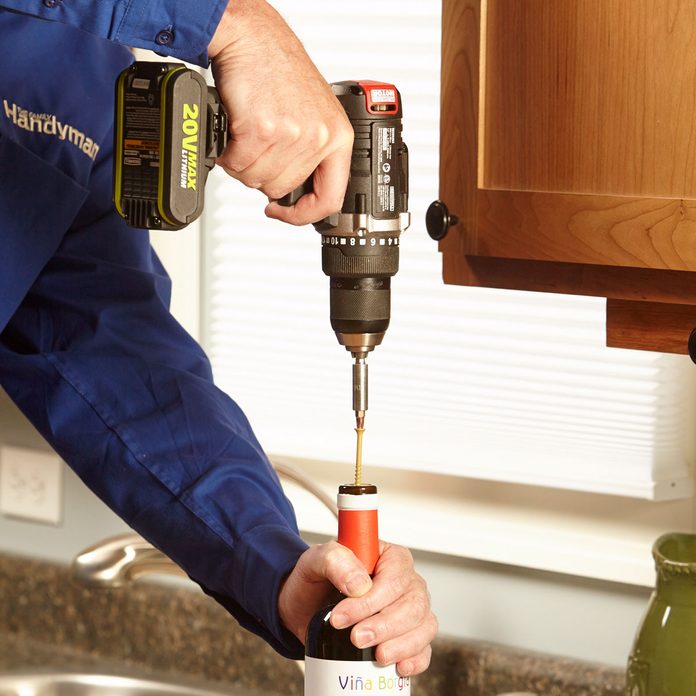
There’s nothing better than a fully prepared meal, paired with the perfect bottle of wine. And there’s nothing worse than the realization that you don’t have a corkscrew! Luckily, you can use a drill to set a screw into the cork, and then use a pair of pliers to pull out the screw and cork in one go.
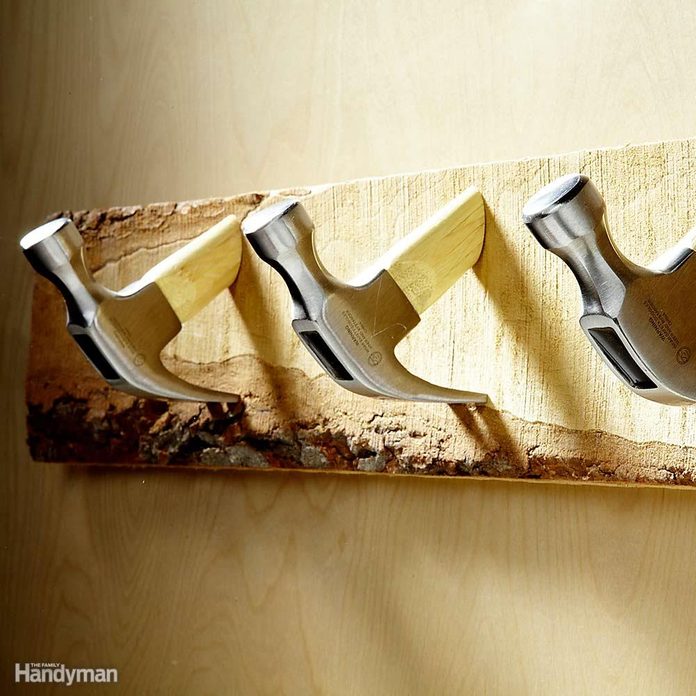
There’s an elegant simplicity to quality hand tools. So much so that many craftsmen can’t bring themselves to discard beloved tools after they’ve worn out. If you like the look of old tools and hardware, consider giving them a new life.
These hammer heads repurposed as coat hooks are especially sharp looking. Check out this list of ideas on how to upcycle old tools and other household items.
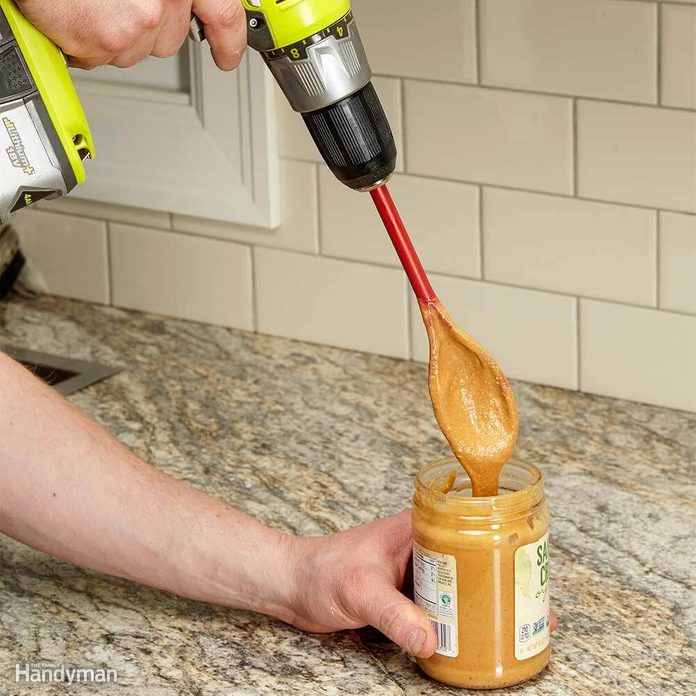
Shockingly, your trusty drill can be used as everything from a mixer to a mini-lathe, sometimes as a novelty, but sometimes to great effect. If you want to put this most reliable of workshop tools to creative culinary use, check out how to use a drill to speed up food prep.
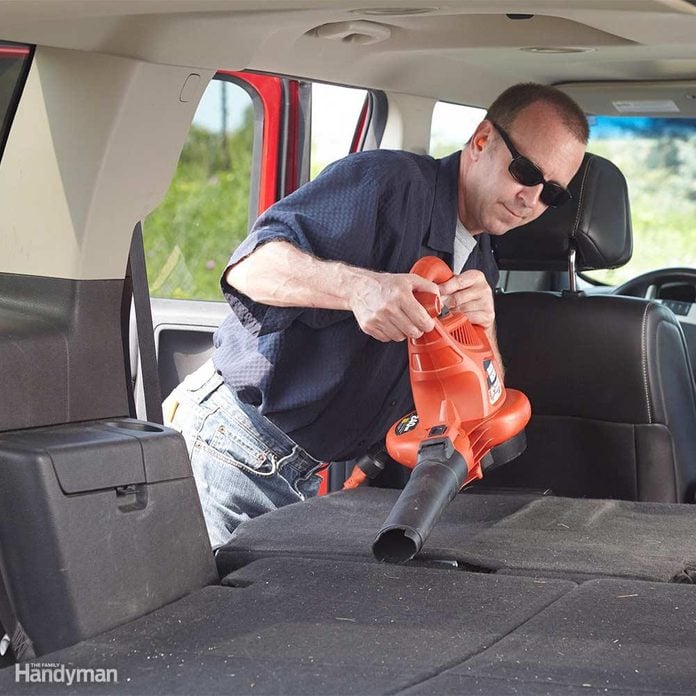
Everyone knows that leaf blowers are a must-have tool for keeping your driveway and sidewalk clean and tidy. But most people don’t realize how useful they are for cleaning off other items.
While they’re not a good choice for indoor work, they perform surprisingly well to clean out cars, garages and other workshop tools. Turn one loose in an area where the debris can go tumbling outdoors, and you’ll save time and keep your work area free of sawdust and similar debris. Check out 30 more of our favorite handy tool tips.
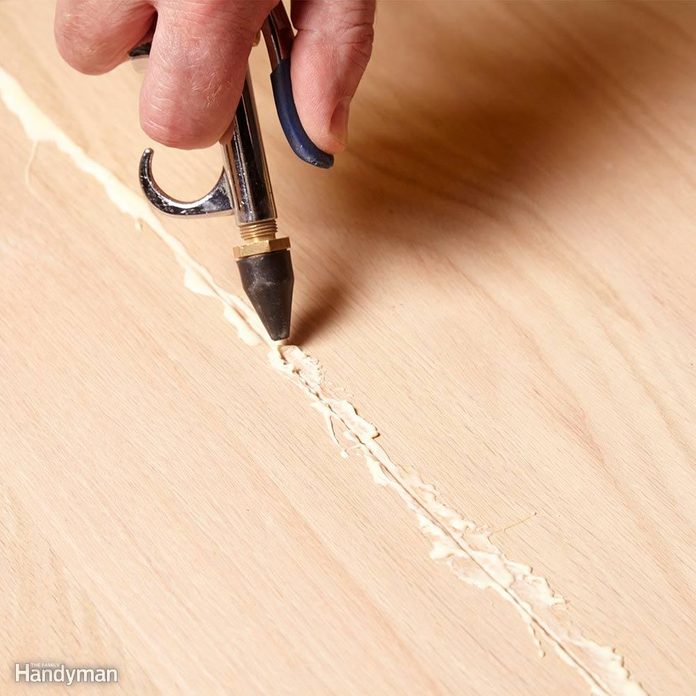
An air compressor is one of those workshop tools that has the ability to transform your workflow, speeding up your process and allowing for time saving tips that you likely never knew existed. As just one example, an air compressor equipped with an air blower gun tip is most often used to clean off surfaces, but it can also be used to push liquids into cracks.
This is especially useful to get wood glues and other adhesives into tight spots, and can let you make quick work of what might otherwise be a time-consuming repair.
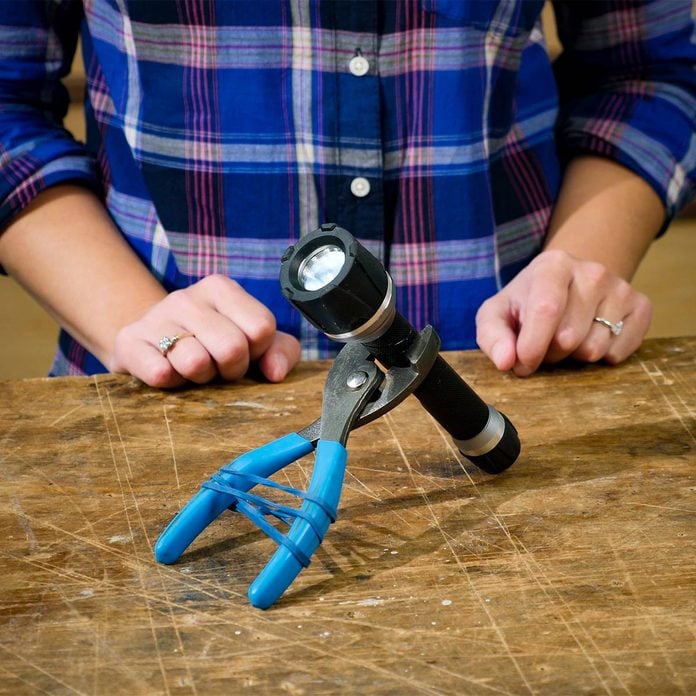
Anyone who’s struggled working in low-light conditions knows that a flashlight is an essential tool, but often feels like you need a third hand to hold it in the right spot. Use this quick hack to turn a pair of standard pliers into a flashlight stand, and get the light you need.
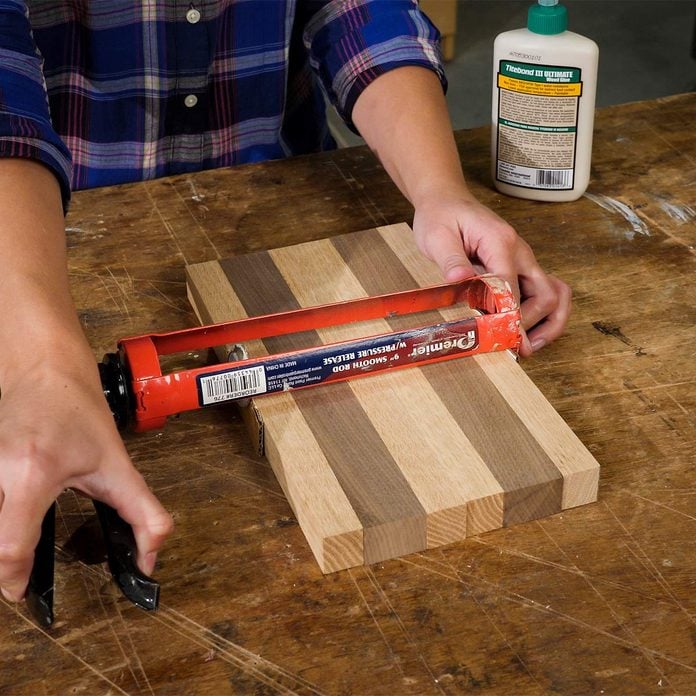
If you’re short on clamps, did you know you can substitute a caulk gun to get the job done? A caulk gun doesn’t have the old-world charm of a wood-handled clamp, but it can be surprisingly effective.
Then when you’re ready to use the caulk gun for its intended use, don’t make one of these common caulking mistakes.
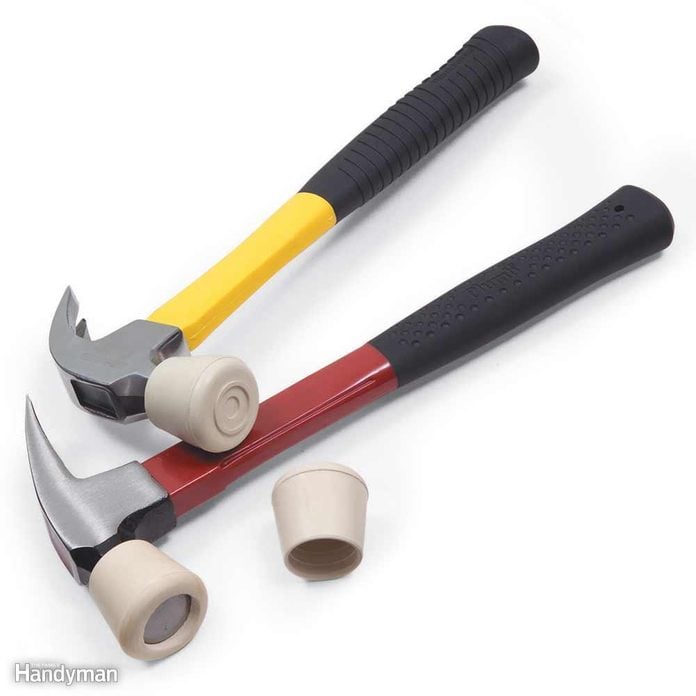
If you’re working on a project and realize that you need a softer impact than you’d get from a standard hammer, then it’s time to break out a rubber mallet. But if you don’t have one, slip a rubber cane tip onto your hammer’s striking surface, or cut a hole into a tennis ball and slip it onto the hammer’s head. Check out these other awesome hammer hacks.
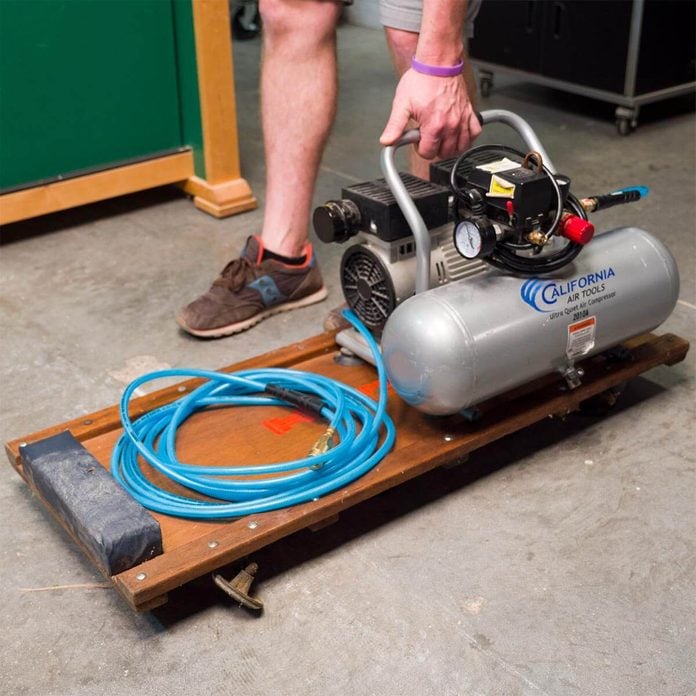
Tired of dragging heavy or bulky tools around your shop? Grab an unused mechanic’s creeper and turn it into a tool dolly. This simple hack will save time and protect your back.
Even better, a simple dolly build doesn’t need to make permanent changes to the creeper. Simply remove the workshop tools and you can use the creeper as usual. Don’t miss these other 65 cool took hacks.
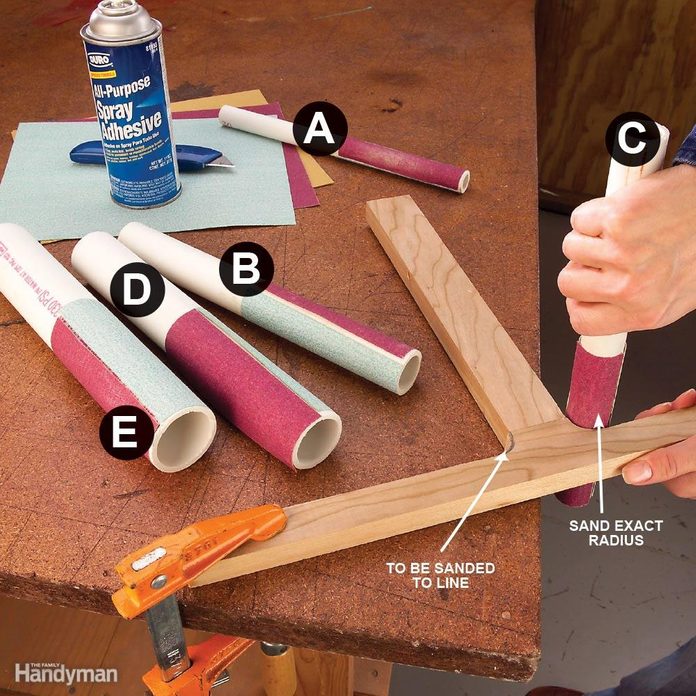
If you’re one of the many DIYers who has an excessive amount of leftover PVC pipe cluttering your workspace, don’t worry! There are a surprising number of unusual uses for all that PVC pipe, one of the best of which is transforming it into a sander.
Trim one side of the PVC pipe and adhere sandpaper to create a curved sanding tool for curved surfaces. Get the full instructions here.
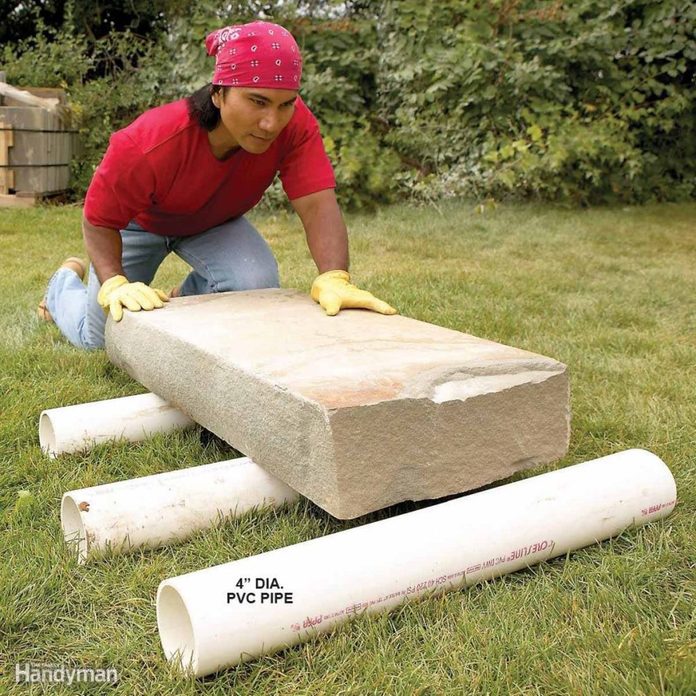
Another great use for PVC is to use it as rollers, allowing you to move and position large or heavy items with precision and relative ease.
Using the same techniques employed by ancient builders in the construction of stone works, this clever use of PVC pipe permits items like landscaping stones and lumber to be moved with minimal stress and strain. Here are 12 more PVC hacks.

Tools such as bench grinders and vises are tremendously useful, but can take up valuable space, especially in a small shop. If you have more than one bench tool, you can quickly find yourself at a loss for work space.
Try this: mount your bench-based workshop tools on a wooden bench hook and use clamps or a French cleat to create swappable space for your bench tools. Here are 22 simple ways to make your workbench work harder.
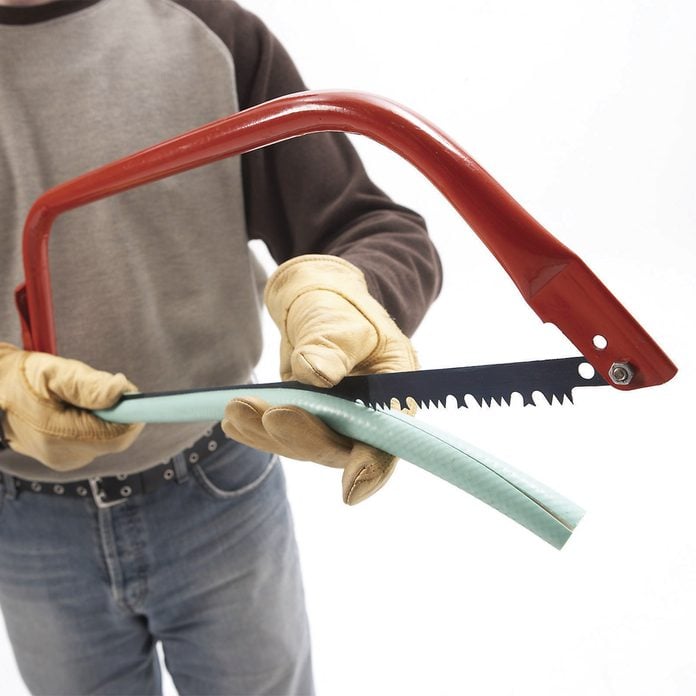
This clever hack will extend the life of a blade and prevent cuts to errant fingers. A simple length of garden hose with a slit down the middle can be slipped over the blade of a bow saw to add a layer of removable protection.
This trick works with a length of PVC as well, but a garden hose is easier to slice, and its flexibility makes it easier to slip on and off. Find out how to properly sharpen garden tools.
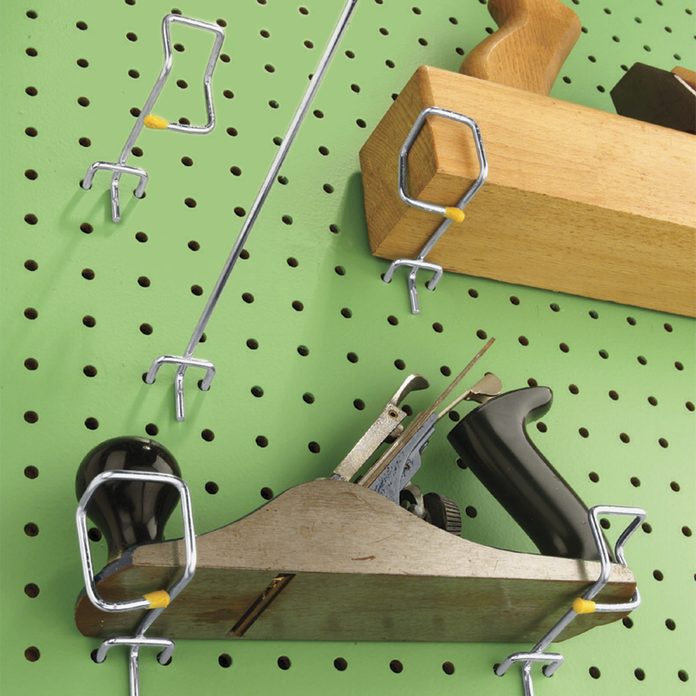
Pegboards are a common organization tool found in DIY garages and workshops worldwide. But why limit the peg hangers to the simple shapes that manufacturers provide? In true DIY fashion, standard peg hangers can be bent and formed to hold specific objects.
When used in this unusual fashion, peg hangers hold workshop tools more securely, and their custom shapes make it easy to see what tools are in their place and which ones are not. Organize anything with these 14 pegboard tips and ideas.
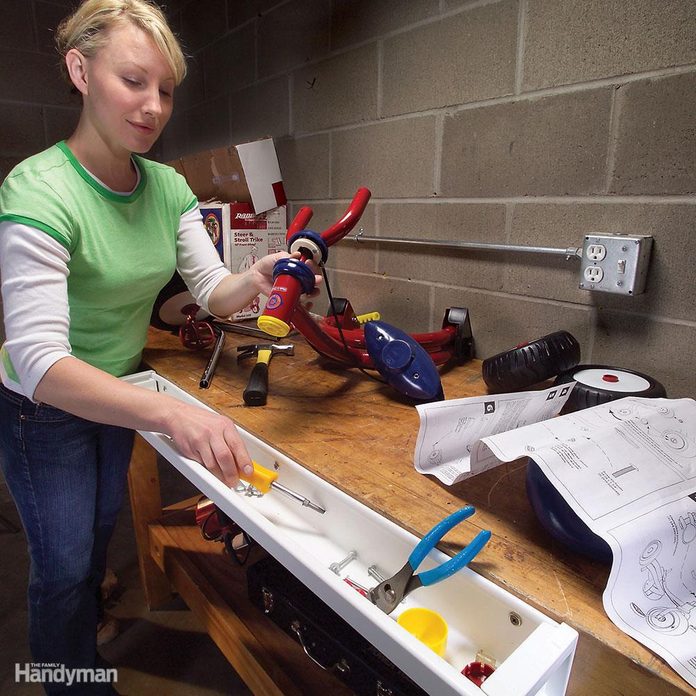
Everyone knows vinyl gutters are a robust and cost-efficient method for water redirection, but there’s a surprising way that they can also be part of workshop organization. A spare length of vinyl gutter, trimmed to the length of your workbench and capped on either end, becomes a catchall for often used workshop tools.
And when it’s time to wipe the bench clean, simply sweep sawdust or other debris into the gutter, pop off one of the two caps, and dump all the waste into a trash can or suck it up with a shop vacuum. These garage organization ideas will change your life.
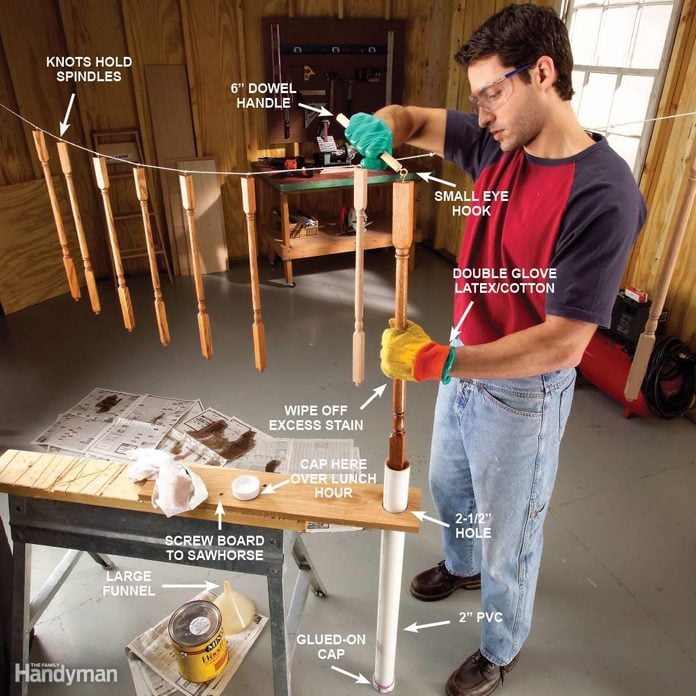
A common frustration for DIYers is dealing with the irregular shapes of furniture legs and spindles. Avoid the headache of sanding or staining intricate shapes by using PVC pipe as a dip tube. Just be sure to glue a cap to the bottom end of the tube to avoid leaks!
Want to know more about refinishing furniture? Learn all the secrets from a seasoned pro.
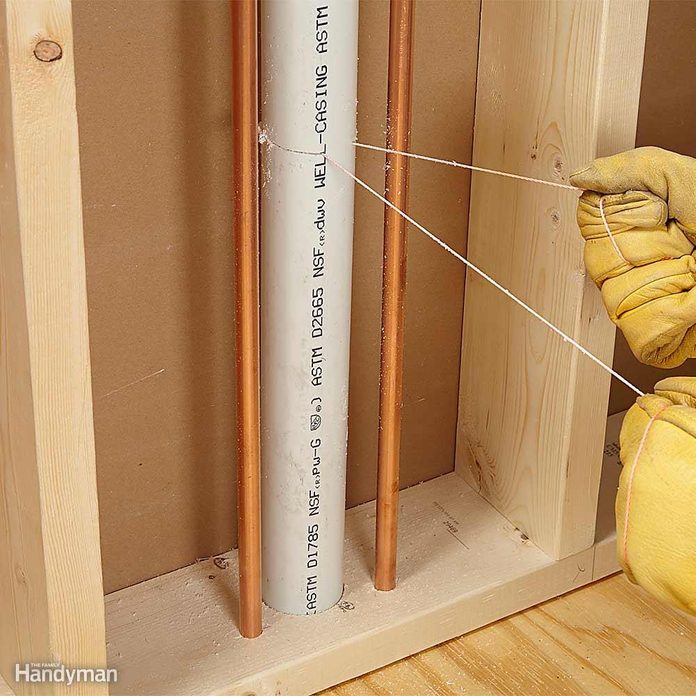
Precision demo work can be a real pain, and one of the worst offenders is cutting out PVC drains, especially when flanked on either side by supply lines. Avoid risking damage to the supply lines by using a very unusual substitute for a demo saw: a loop of sturdy string.
Cut a small notch to give the string an initial “bite”, then wrap the string around the pipe and pull back and forth to cut through the drain line. Another tactic is to wrap the string around the pipe in a full loop, and pull back and forth, increasing pressure slightly with each tug. This has the advantage of making it easier to keep the cut flat and level.
A braided mason’s line makes a good string saw, but if you’re in a pinch, you can also use the string from a plumb bob or chalk line.
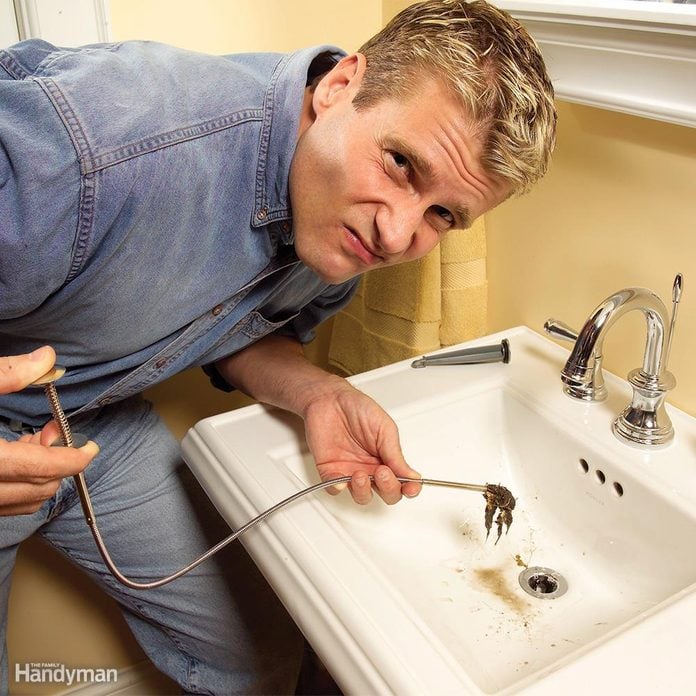
Most guides on how to deal with clogged drains jump right to plungers and drain snakes. But if you have a simple clog that isn’t too far down the drain and don’t want to break out the standard plumbing workshop tools, try using a grabber tool instead. Simply insert it down the drain, and actuate the grabber to clutch onto any clogged debris.
This is also a great method for reclaiming small items without dealing with the hassle of disassembling the trap. Just keep in mind that you’ll want to scrub the grabber clean after you’re done! Here’s our top 10 plumbing fixes.
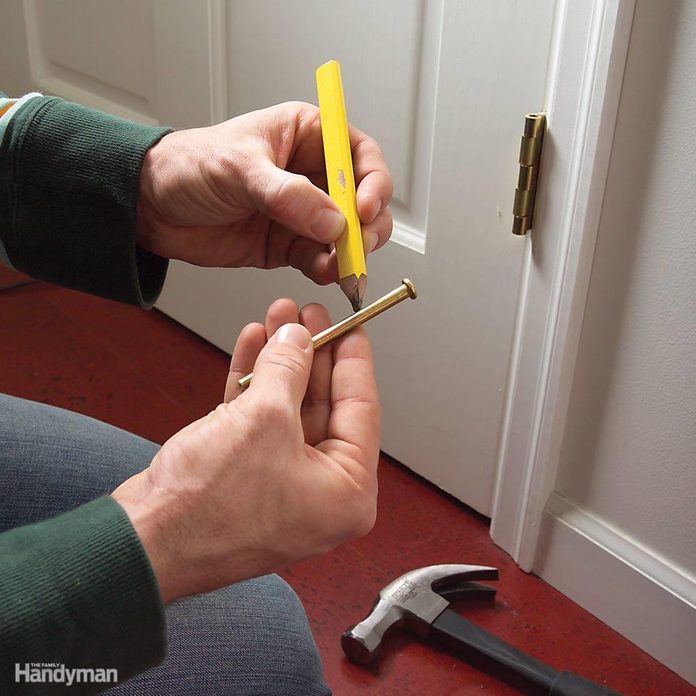
If you need to ease the strain on moving parts but don’t have any graphite lubricant on hand, just grab a pencil. Since the “lead” in pencils is really just graphite, the powder from pencil lead is essentially the same as store-bought graphite powder. This trick works great on things like door hinges (as shown here) or in locks, by loading the teeth of a key with pencil lead.
A carpenter’s pencil works especially well for this, with the wider lead allowing for faster and more efficient coating. Check out these 100 home improvement hacks you’ll wish you knew sooner.
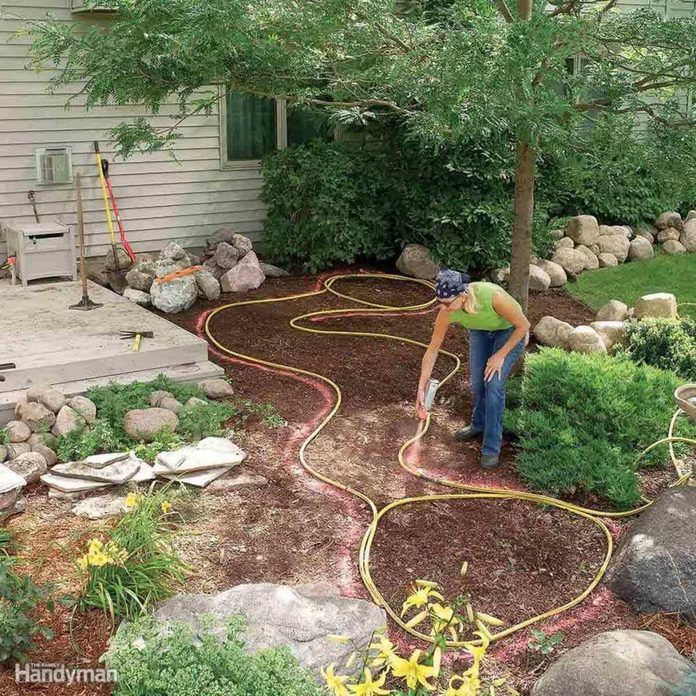
Whether you’re laying out flower beds or planning a backyard gravel path, one of the hardest steps in the landscaping planning process is knowing just where you want your edges to lie. To make this easier, detach your hose from the spigot, and lay the hose along the proposed landscaping line.
The hose allows you to more easily envision the look of the final project, while remaining easy to move and adjust, so that you can try out different layouts until you find the perfect match for your yard. Once you have the look you like, replace the hose with landscape paint, and you’re ready to begin digging! Here are some of our favorite backyard landscaping tips.